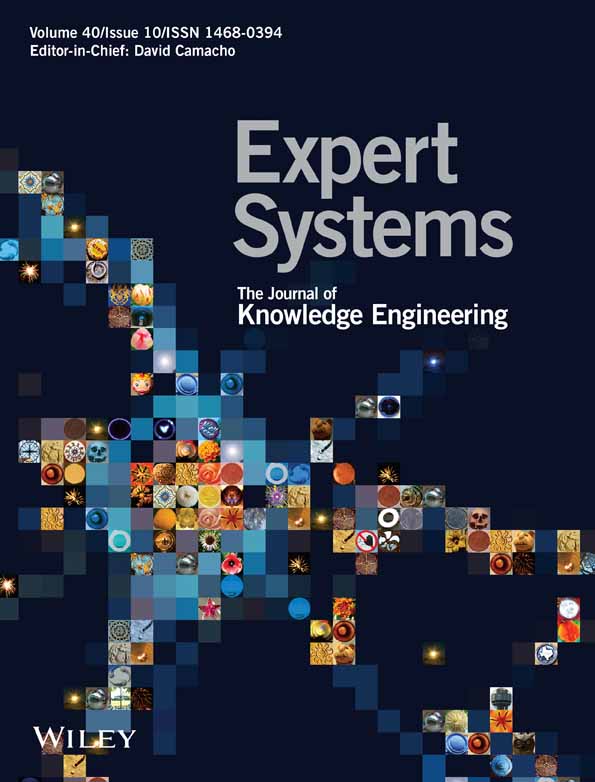Machine learning-based classification of multiple heart disorders from PCG signals
Abstract
Timely and accurate detection and diagnosis of heart disorders is a significant problem in the medical community since the mortality rate is increasing. Pulsing of cardiac structures and blood turbulence creates heart sounds recorded and detected through Phonococardiogram (PCG). As a non-invasive technique, PCG signals have a strong ability to be used for designing automatic classification of possible heart disorders. This paper presents an expert system design for the detection and classification of PCG signals for five classes, namely, healthy, aortic stenosis, mitral stenosis, mitral regurgitation, and mitral valve prolapse. In this work, a single-channel PCG signal is first decomposed using Empirical Mode Decomposition (EMD) into different modes known as intrinsic mode functions (IMFs). Manual signal analysis is applied to identify the relevant IMFs to construct a preprocessed signal. We proposed an automated energy-based signal reconstruction through IMFs. The proposed algorithms automatically identify the relevant IMFs and added them together to form a preprocessed signal. After preprocessing, the first nine features of Mel Frequency Cepstral Coefficients (MFCC) were computed and passed to several classification methods such as Fine Tree, Quadratic Discriminant, Kernel Naive Bayes, Support Vector Machines (SVM), Fine K-Nearest Neighbours (Fine-KNN), Ensemble Bagged Trees and Neural Network. The best performance of 99.3% accuracy was obtained via Fine-KNN using 10-fold cross-validation. The proposed method was evaluated on a publicly available dataset of heart sounds. The proposed method demonstrated improved performance as compared to the existing state-of-the-art methods.
CONFLICT OF INTEREST STATEMENT
The authors have no conflict of interest.
Open Research
DATA AVAILABILITY STATEMENT
The data that support the findings of this study are available from the corresponding author upon reasonable request.




